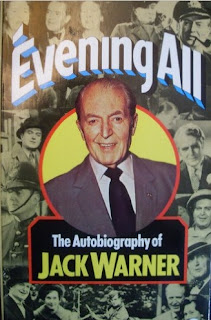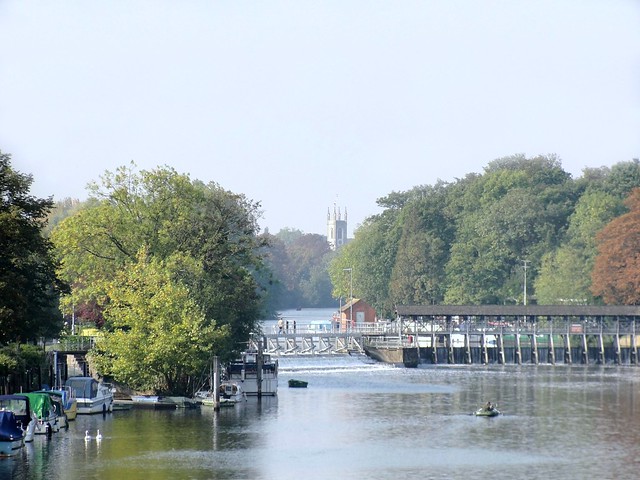I used to like reading newspapers. This was before the quality of the national and local papers collapsed. In the early 1990s I combined my interests in genealogy and newspapers by visiting The British Newspaper Library in Colindale, North London which was only half an hour away from where I was living at that time.
The main reading room in the library was very pleasant and comfortable. The newspaper you requested was placed on a frame on the desk. You would normally get all the editions for a year bound in a single volume. Reading about the minutiae of everyday life in small Irish towns and villages fifty or a hundred years ago might seem a pointless waste of time but I was under a lot of stress in that period of my life and for me those Saturday afternoons in the library were very relaxing. Sometimes when the sun was shining through the library windows I felt I couldn't be happier.
As I browsed through the sometimes crumbling papers I was aware that I was probably the only person who had ever requested that particular volume of The Dungarvan Observer or any of the other Waterford papers. I was the sole beneficiary of all the work that had gone in to collecting and binding those papers and it had cost me nothing apart from a very small portion of my tax bill. I felt very grateful for the British Library and its forebear the British Museum for all their contributions in the fight of order against chaos. So many historical documents have been destroyed by wars and revolutions and by ransacking radicals masquerading as archivists.
For those interested in Irish history the destruction of the 1821 census and all the other records in the Irish Civil War is just too sad to think about. That census would have led many researchers to ancestors born in the middle of the 18th century and perhaps even a bit earlier but now apart from what can be found in books and newspapers most Irish ancestors from the 18th century have been wiped from history.
We can now we can read the old Waterford Newspapers online but for me it is not as enjoyable as reading the original papers even though we have the massive benefit of being able to word search the online papers. However, the change to microfiche, microfilm and now internet files was inevitable. I could see bits crumbling off the papers as turned the pages. They must be conserved for future generations.
As I read the papers I would take notes of anything I found interesting. A few years later I put some of the notes on my computer and then in 1999 I put them online on a site I called Dungarvan Memories. Every few years my internet provider would change or they would restrict my web space so in the end I stopped bothering about the site and it disappeared. With the all the papers now being online I am not sure if there is any need for my old site but I will add a link to it here just for my own convenience.





















 Under the bridge at Hampton Court, Alfred Sisley 1874
Under the bridge at Hampton Court, Alfred Sisley 1874





























